Vandana Kanoria talks about how art can help us to cope and heal when things get tough
The news comes like a sledgehammer blow and your knees buckle under the shock. Questions come in waves, each one drawing you deeper into a dark vortex of pain and uncertainty. There are no answers from a silent universe. There is only that gutting experience of grief and staring into a vast, desolate unknown. These are the moments when reality overwhelms and weighs us down with such intensity that sadness lurks as a backdrop to the happiest of moments. As Joan Didion wrote in her classic memoir of loss, “Grief, when it comes, is nothing like we expect it to be.”
And that is why Cancer is perhaps the most dreaded word of our times.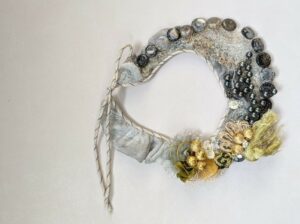
It was not easy for my mother or any of us to accept the suddenness of this life-altering and life-threatening experience, for her to be full of strength and vigor one moment and virtually helpless the next moment.
Before cancer devastated her, my mother was a multi-passionate – a cauldron of diverse interests and ideas, great enthusiasms and new experiences. From cricket and politics to travel, from art and design to enrich the lives of underprivileged women, she always said Yes to the new and challenging.
I have never met anyone brimming with so much creativity. Like an alchemist whatever she touched, became gloriously beautiful. Twigs, flowers, and leaves twisted into magical shapes; thread, fabric, and wool transformed into works of art; paper and paints morphed from the mundane to the magical. Flowers bloomed under her care, as did people; the aroma of her cooking wafted tantalizingly in the house. A style icon, she was the go-to person in matters of fashion, wedding décor, beautifying spaces and everything design-related.
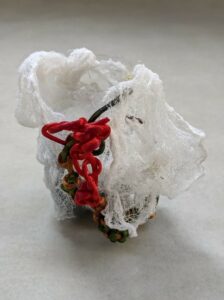 Looking for solutions
Looking for solutions
“When things get tough, this is what you should do: Make good art.
Do what only you can do best: Make good art. Make it on the bad days,
Make it on the good days, too.”
And no one followed Neil Gaiman’s advice more diligently than my mother. As the disease slowly consumed her body, design-related problems consumed her mind. Too weak initially, to actually make things, she started exploring ways in which she could resolve issues, make more innovative and beautiful the floral tapestry she was working on, looking for newer ways of manipulating textiles for the fabric jewelry project she had started. In spite of the devastation, this act of looking for solutions helped her to stop focusing on herself and enabled her to look beyond.
And then chemotherapy wreaked havoc. She was back in the ICU. As she started recovering, she began to paint – and not just on paper but on hospital gauze, scraps of cloth and dried leaves, conjuring magical shapes; colors, textures, and lines took on lives of their own and the gloomy atmosphere of a hospital ICU transformed into a space of cheer and fun. Nurses started drawing and vying for compliments; doctors watched her, marveling in wonder at her spirit and serenity. Art gave her the power to dream again, to envision a future. Creating something with her hands was like meditation and she relaxed in creative flow. It was empowering and transformative.
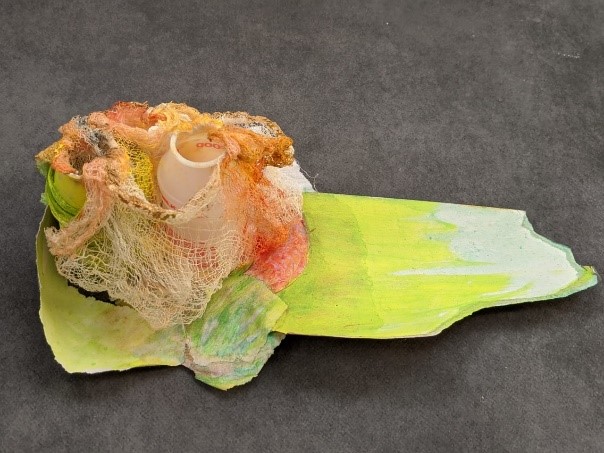
Stronger and better, when she came home her room was transformed into a crafter’s studio. Beads jostled with medicines, stones, and dried leaves fought for space with medical equipment, Brightly colored paints, crayons, yarns livened up the room and her life. And so began her journey, into a yet another, uncharted creative realm.
“When life gives you scraps make fabric jewelry” as someone once said. Rich and colorful pieces of brocade and sparkling beads mysteriously twisted and turned and gorgeous pieces appeared. Beautifully designed and trendy jewelry began spilling out of boxes as if in a treasure trove. In art, Mom found that something, where she felt she had absolute freedom — the freedom of expression.
Spiritual freedom
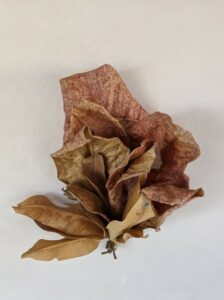 Viktor Frankl, a concentration camp survivor, says in his life-altering book ‘Man’s Search for Meaning’ that man can preserve a vestige of spiritual freedom, of independence of mind, even in terrible conditions of psychic and physical stress because, while everything can be taken from him, the last of the human freedoms — to choose one’s attitude in any given set of circumstances, remains. One finds a higher calling, a meaning in life, which comes from purposeful work, love, and courage in the face of difficulty. The meaning of life, which differs from man to man, and from moment to moment, accrues over time.
Viktor Frankl, a concentration camp survivor, says in his life-altering book ‘Man’s Search for Meaning’ that man can preserve a vestige of spiritual freedom, of independence of mind, even in terrible conditions of psychic and physical stress because, while everything can be taken from him, the last of the human freedoms — to choose one’s attitude in any given set of circumstances, remains. One finds a higher calling, a meaning in life, which comes from purposeful work, love, and courage in the face of difficulty. The meaning of life, which differs from man to man, and from moment to moment, accrues over time.
Nicole Krauss beautifully said, “Bravery is always more intelligent than fear since it is built on the foundation of what one knows about oneself: the knowledge of one’s strength and capacity, of one’s passion.”
The nature of the chronic illness is that it is ongoing and degenerative. You wake up in pain, facing another day, deal with debilitating side-effects and sleepless nights; how can you get out of bed in the morning? What do you do when you can’t find energy or focus even to begin? You never really know what your day is going to look like – how are you going to feel today? This morning? Later this afternoon? You have to learn the pain of losing some of your skills in order to experience the joy of creating at all. While it was painful for her to remember what she used to be able to do, by not letting that pain dictate her decisions, she found joy again and began to enjoy her small victories. For as John Wooden, NCAA basketball coach, says, “Don’t let what you can’t do interfere with what you can do.”
Battle with the self
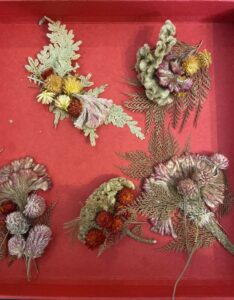 Cancer creates a rupture in life as we have known until now. What we think of ourselves, our place in the world, and our expectations are all shattered.
Cancer creates a rupture in life as we have known until now. What we think of ourselves, our place in the world, and our expectations are all shattered.
My mother was a person of immense bravery. That she was an extraordinary woman is an understatement. It is very hard to lie on the verge of life and be a silent observer, where you were once an active participant in all that happened around you. Courage comes in many forms. For someone as fiercely independent as my mother, learning to accept her helplessness with grace was an act of courage.
Struggling every moment, between the ‘I can’t’ of the body and ‘I can and I want to’ of the mind, an epic battle with the self, is a form of heroism.
To know that the disease is unrelenting, and yet not giving up, shows her tremendous grit.
Looking in the eye, her own mortality, unafraid, she chose to go on with all the physical strength and emotional maturity she could summon.
This resilience was an intensely hard-won glory, “the product of intentional character-sculpting, the slow and systematic chiseling away of our childish impulses for tantrums and for instant self-gratification.” It required an extraordinary force of mind and character.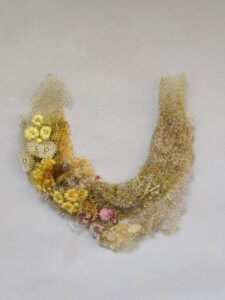
“He who has a why to live for can bear with almost anyhow,” so what were Mom’s ‘whys’? Her deep love of art and making beautiful things gave a purpose. Her deep unflinching faith in Krishna gave her the resilience to carry on. He sent her way she accepted, stoically, like His prasad. There was no pitying ‘why me’. Instead, the shocking diagnosis elicited the response ‘why not me’. This acceptance and faith created a sense of tranquillity and serenity. It enabled her to transform the sufferings inflicted by life into an inner strength. In the vast chaos of uncertainty and devastation her spirituality, and reaching towards something intangible but deep and uplifting, made her the master of the greatest of all arts – the art of living.
Editor’s Note: Vandana Kanoria’s mother passed away at the age of 81 a few days before the publication of this article.



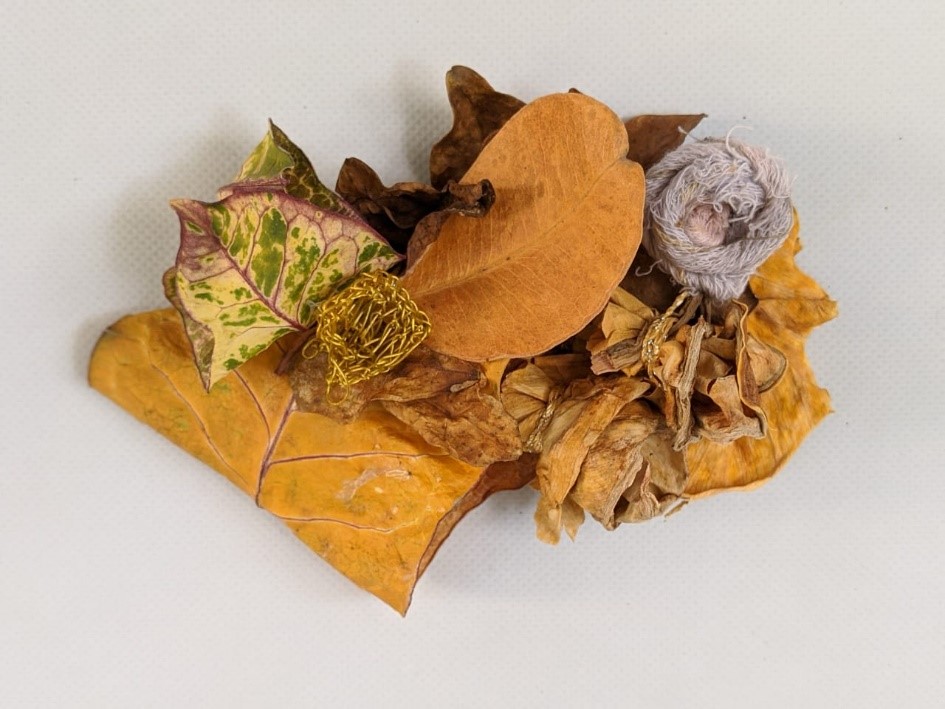





I am really got into the life during my retirement although i am a truly professional with finance background and worked about 40 years in various capacities. Presently giving consultation service to different clients .
It’s a movement which put me in to mobility which i enjoy simultaneously with my passion of reading and writing . I do write mainly in vernacular ( my mother tongue – Bengali) and get those published in various papers and magazines . it’s a habit I developed in my college days and still continuing.
your writings are all telling the same story to keep oneself busy of something – either on creativity or on some social works provided the mind and temperament permits .
I am interested in putting my thoughts in this magazine if permitted . Also I would like to interact with you over mail about your thoughts and analysis for the seniors . Thanks ,
Awesome! Its genuinely remarkable article, I have got much clear idea regarding from this article.
I Love Mom and Ded
Comments are closed.